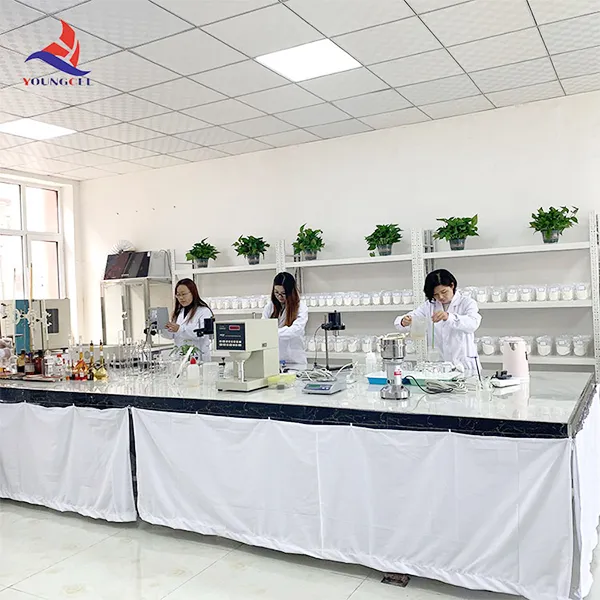The Versatile Applications of Hypromellose A Focus on HPMC
Hypromellose, commonly referred to as HPMC (Hydroxypropyl Methylcellulose), is a cellulose derivative that has gained prominence across various industries due to its unique properties and diverse applications. This polymer is synthesized from natural cellulose, making it biocompatible and biodegradable, which adds to its environmental appeal.
Chemical Composition and Properties
HPMC is formed by the etherification of cellulose, resulting in a compound that is partially soluble in water and can form a viscous gel when dissolved. Its versatility stems from the varied methoxy and hydroxypropyl substitution levels, which can be adjusted during synthesis to tailor its properties for specific applications. This adaptability allows HPMC to be utilized in products ranging from pharmaceuticals to construction materials and food products.
Pharmaceutical Applications
One of the most significant sectors where HPMC is utilized is the pharmaceutical industry. HPMC serves as an excipient in tablet formulations, where it acts as a binder, filler, and disintegrant. Its ability to control the release of active pharmaceutical ingredients (APIs) makes it an invaluable component in modified-release formulations. By adjusting the viscosity and gel-forming capacity of HPMC, formulations can achieve desired drug release profiles, improving efficacy and patient compliance.
Moreover, HPMC is widely used in ophthalmic preparations. Its lubricating properties enhance the comfort of eye drops and aid in the formulation of artificial tears, providing relief from dry eyes. Its biocompatibility ensures that it does not irritate the sensitive tissues of the eye, making it a safe choice for long-term use.
Food Industry Applications
hpmc hypromellose

In the food industry, HPMC is celebrated for its role as a food additive. It is used as a thickening agent, emulsifier, and stabilizer in various products, such as sauces, dressings, and bakery items. HPMC contributes to the texture and mouthfeel of food products while helping to maintain their stability and shelf life. Its ability to retain moisture is particularly beneficial in baked goods, preventing staleness and enhancing quality.
Additionally, HPMC is a popular option for gluten-free baking, as it helps to mimic the structural properties of gluten, improving the texture and rise of gluten-free products. As consumer demand for gluten-free alternatives continues to rise, the use of HPMC in this sector is expected to grow.
Cosmetics and Personal Care
The cosmetic industry also benefits from the properties of HPMC. It is commonly used in formulations for lotions, creams, and gels due to its ability to provide a smooth texture and improve the stability of emulsions. HPMC acts as a film former, offering a protective layer over the skin that can enhance the product's efficacy. Furthermore, it is often included in hair care products, where it helps to improve the manageability and shine of hair.
Construction and Building Materials
HPMC's utility is not limited to consumables; it also plays a crucial role in the construction industry. It is utilized as a thickening agent in mortars and plaster, enhancing adhesion and workability. HPMC improves the water retention of cement-based products, allowing for better curing and strength development. Its ability to form a film can also contribute to waterproofing applications.
Conclusion
In summary, Hypromellose (HPMC) is a remarkable compound whose applications traverse multiple industries. Its biocompatibility, adaptability, and functionality make it a preferred choice in pharmaceuticals, food, cosmetics, and construction. As research continues to uncover new potential uses and improvements in formulation strategies, the future of HPMC in various applications looks promising. Its versatility not only meets specific industry demands but also aligns with the growing trend towards sustainable and eco-friendly products.
-
The Versatility of Industrial Additives: Mhec, Hpmc, And Wall Putty SolutionsNewsMar.28,2025
-
The Importance of HPMC in Modern IndustriesNewsMar.28,2025
-
Partnering with Reliable Manufacturers for Optimal ResultsNewsMar.28,2025
-
Enhancing Construction Performance with Redispersible Polymer PowdersNewsMar.28,2025
-
Enhancing Construction and Household Products with Advanced AdditivesNewsMar.28,2025
-
Building Strong Foundations with Key Construction MaterialsNewsMar.28,2025






